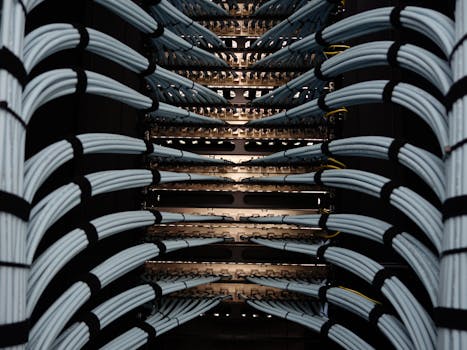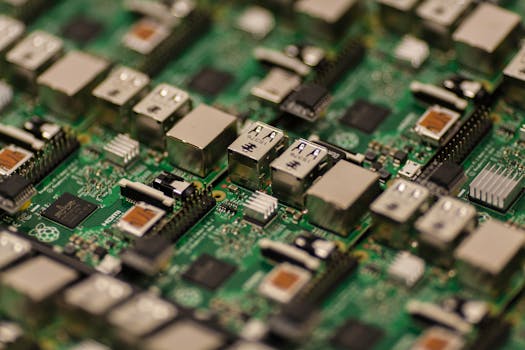Seamless Connectivity: The Backbone of Modern Robust Systems

Seamless Connectivity: The Backbone of Modern Robust Systems
Seamless connectivity is the backbone of modern robust systems, enabling efficient communication and data transfer. In today’s digital age, seamless connectivity is crucial for various industries, including healthcare, finance, and education. The concept of seamless connectivity refers to the ability of different systems, devices, and networks to communicate and exchange data without any interruptions or obstacles.
Introduction to Seamless Connectivity

Seamless connectivity is achieved through the integration of various technologies, including fiber optics, wireless networks, and cloud computing. These technologies enable the creation of robust systems that can support a wide range of applications and services. For instance, in the healthcare industry, seamless connectivity enables the sharing of medical records and images between different healthcare providers, improving patient care and outcomes.
The Importance of Seamless Connectivity in Modern Systems

Seamless connectivity is essential for modern systems, as it enables real-time communication and data transfer. This is particularly important in industries where timely decision-making is critical, such as finance and emergency services. In addition, seamless connectivity enables the creation of IoT (Internet of Things) devices, which can collect and transmit data in real-time, improving efficiency and productivity.
Challenges and Limitations of Seamless Connectivity

Despite the importance of seamless connectivity, there are several challenges and limitations that need to be addressed. One of the major challenges is ensuring the security and privacy of data, as seamless connectivity increases the risk of cyber-attacks and data breaches. Another challenge is ensuring the reliability and availability of seamless connectivity, particularly in areas with limited infrastructure.
Conclusion

In conclusion, seamless connectivity is the backbone of modern robust systems, enabling efficient communication and data transfer. As technology continues to evolve, the importance of seamless connectivity will only continue to grow. Therefore, it is essential to address the challenges and limitations of seamless connectivity, ensuring that modern systems are secure, reliable, and efficient.

